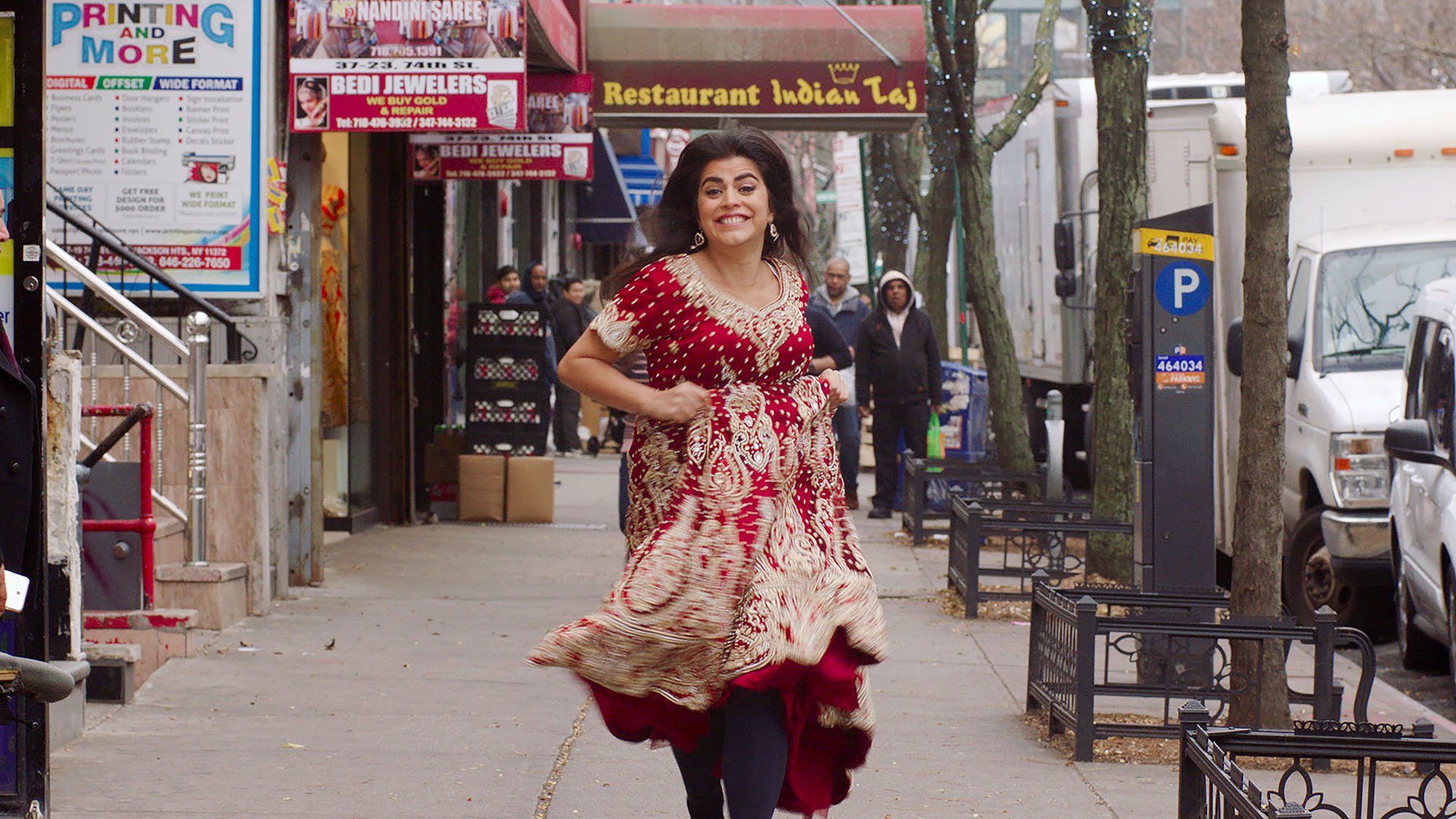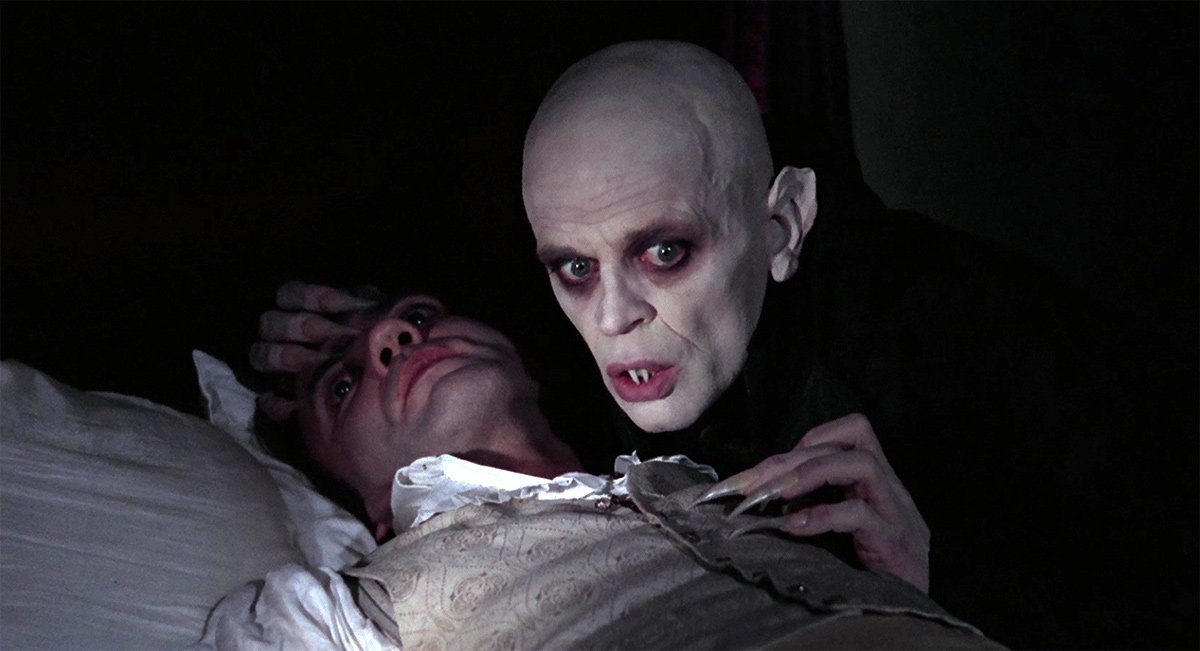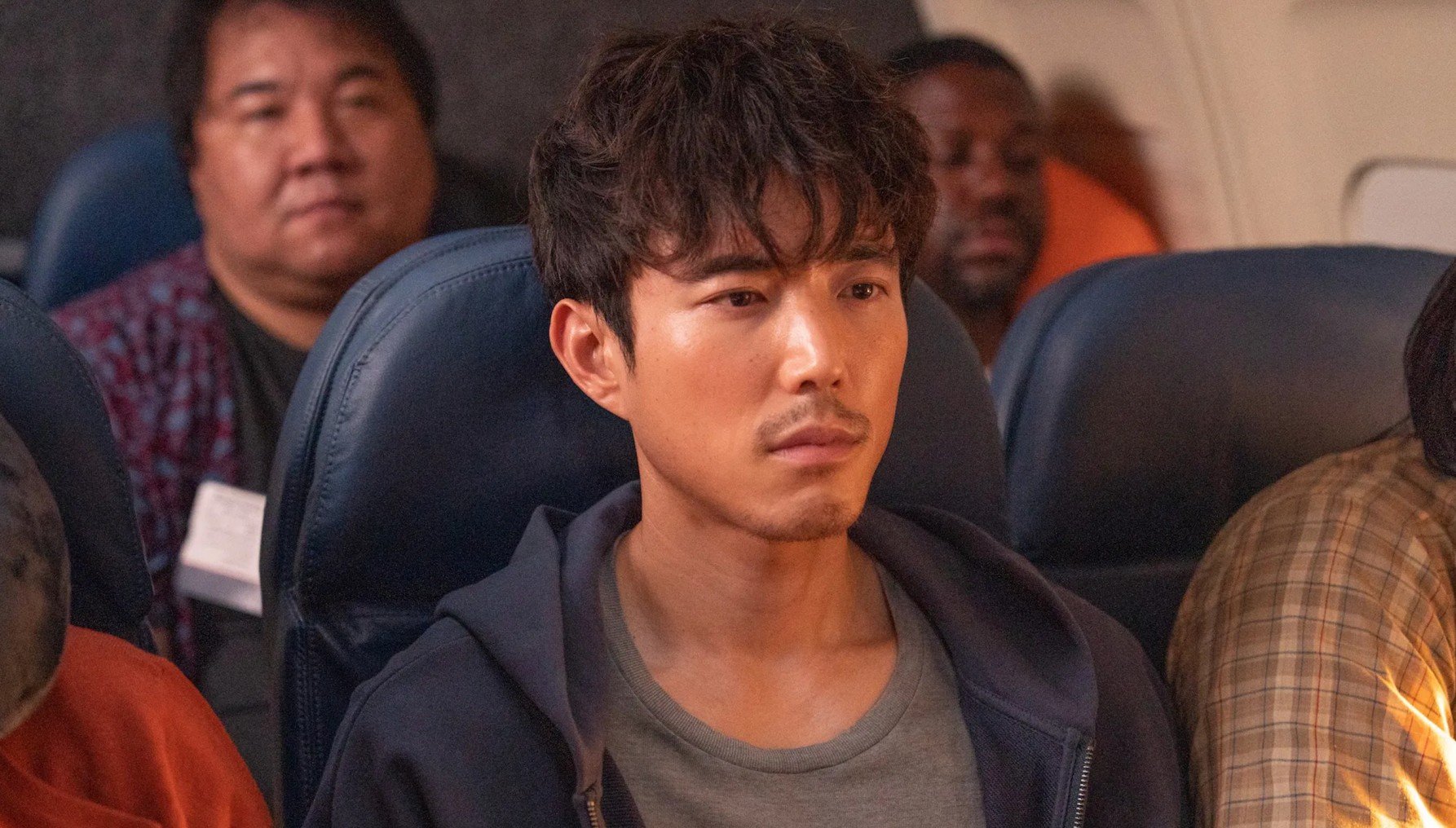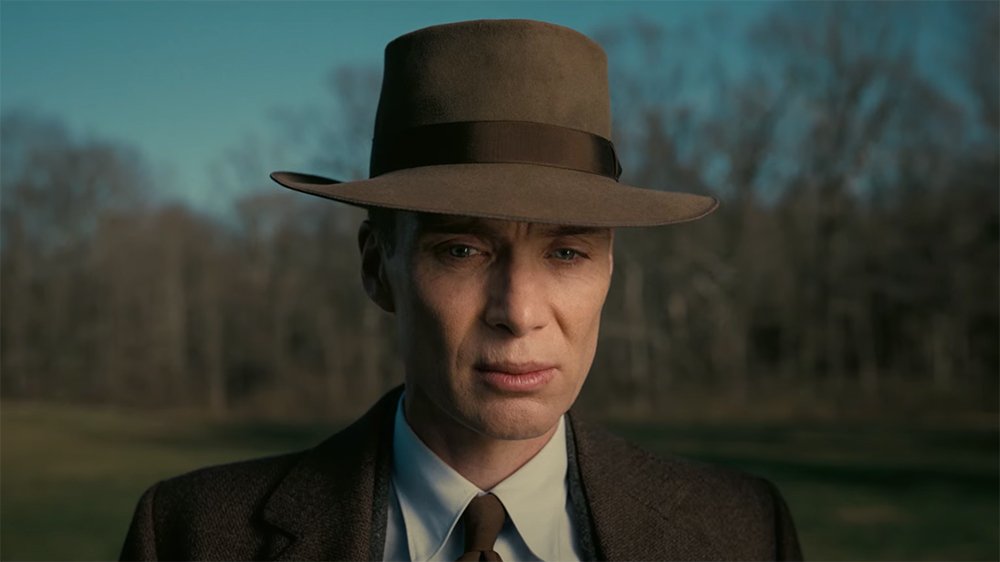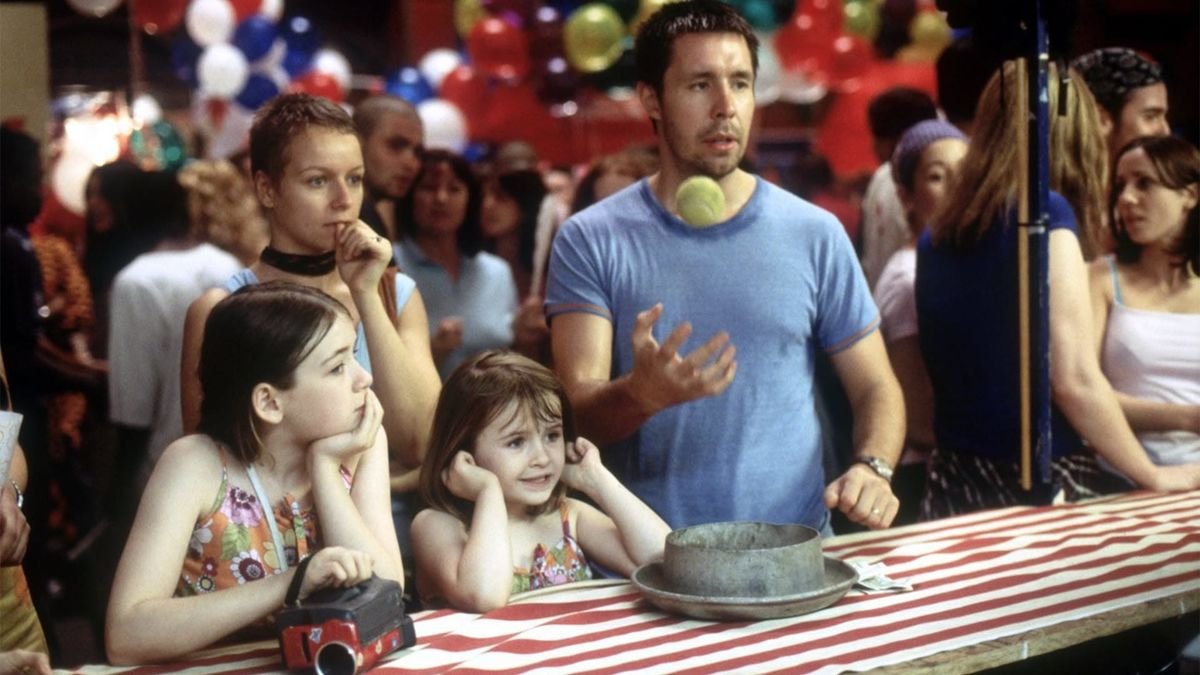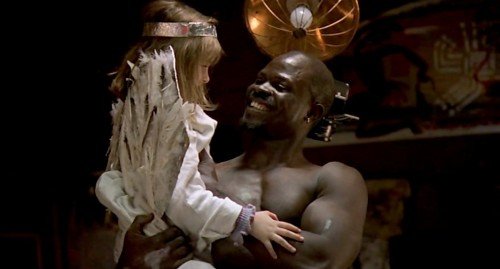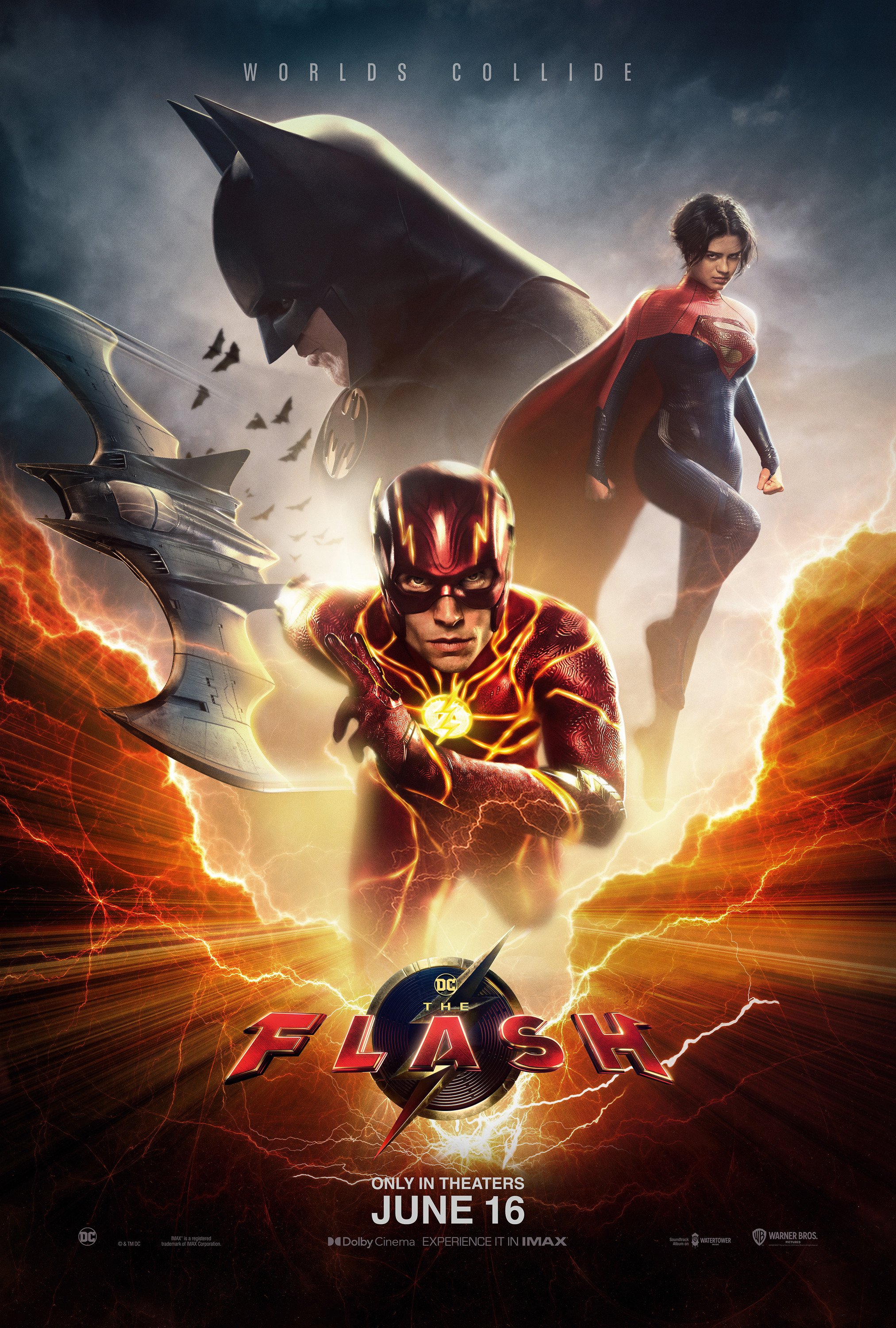Directed by: Iman Zawahry
Written by: Iman Zawahry and Aizzah Fatima
Starring: Aizzah Fatima, Salena Qureshi, Shenaz Treasury, Lillete Dubey, Godfrey, Kapil Talwalkar, Mohammed Amer, Ajay Naidu, David Rasche, and George Wendt
Runtime: 88 minutes
‘Americanish’: This breezy, charming rom-com centers on a serious concern for American women since the 1970s, balancing career and marriage
“If Matt Damon and Brad Pitt had a brown love child, it would totally look like this guy.” – Sam (Aizzah Fatima)
Sam, a 30-year-old public relations executive, expresses the aforementioned observation to her younger sister, Maryam (Salena Qureshi), about Shahid (Kapil Talwalkar), a tall, handsome pre-med college student. Maryam – an industrious pre-med undergrad as well – never had a boyfriend, but she’s willing to study dating if Shahid ever becomes single and shows interest in her.
Their cousin, Ameera (Shenaz Treasury), a Pakistan resident, has an uber-interest in the United States and flies to New York City!
“This is New York where dreams come true,” Ameera says, and she adds, “I saw it in an Eddie Murphy movie, ‘Coming to America’.”
This pretty, wide-eyed 20-something aspires to meet a Pakistani-American doctor and get married, stat! Ameera figures she has six months to wrap up a holy matrimony ceremony, which isn’t a flat-out impossible task, but some luck and a prayer or two wouldn’t hurt, while living with her cousins and aunt in Jackson Heights, Queens.
For Sam, love and marriage are four-letter words, as she’s focused on her career. During any downtime, she’s planning to move out of her mother’s (Lillete Dubey) home. If only Sam could get that promotion to afford her own place.
Sam, Maryam, and Ameera have specific landing places along the career-versus-marriage spectrum, and in “Americanish”, a breezy, charming rom-com from director/co-writer Iman Zawahry, the three single ladies work out their ideals of work and love in NYC.
The idea for “Americanish” was born in 2012, when Zawahry visited The Big Apple and saw Fatima’s one-woman play, “Dirty Paki Lingerie”. After the play, Iman introduced herself to Aizzah, and they soon began writing the “Americanish” screenplay.
During a 2021 YouTube CAAMCHANNEL interview, Zawahry says, “There are three characters from the actual play, which I’ve transformed a lot over the years,” and adds, “We have molded (the screenplay) to what’s going on in our lives today and how relevant it is to be American Muslim women in these stories.”
During the three ladies’ journeys over an 88-minute runtime, they must hurdle cultural traditions and, in Sam’s case, also cope with present-day prejudices.
Khala (Dubey) presses her daughters to marry but stresses, “Don’t marry a man you love. Marry a man who loves you. He’ll take care of you.”
Sam has no time for her mother’s lectures, as she regularly dates but has no interest in settling down. Meanwhile, Maryam struggles to balance her aspirations for pediatric medicine with a life-long relationship. She mentions that the first man she kisses will be her husband.
Fatima and Qureshi convincingly deliver Sam’s pragmatism and Maryam’s idealism. We frequently see Sam attempt upward mobility in a male-dominated public relations office while her chief client is a conservative senatorial candidate (George Wendt) who grasps negative views of immigrants. Granted, it’s a surprise to see Wendt on-screen, but he’s also playing off-type from the friendly Norm from “Cheers” (1982 – 1993). Everyone in New York knows his name, but half of the voters wish they hadn’t.
Speaking of notable stars, if you are not familiar with Lillete Dubey, she enjoys a prestigious 40-year acting career in theatre, television, and film with a list of credits that runs 10 miles long.
Back to Maryam, this inexperienced early 20-something finally starts dating Shahid, and before you can say, “Let’s ask for the check,” the two are engaged. However, their shared ambitions clash with conventional marital-role norms.
Admittedly, the sisters’ narratives aren’t particularly riotous, but the engaging, playful tension - between Khala’s wishes and the young women’s current lifestyles – works well and offers audience admiration and empathy.
Meanwhile, Ameera’s expeditions deliver the biggest laughs and affection, as her steadfast plans for doctor fishing are lured away by Gabriel (Godfrey, a.k.a. Godfrey C. Danchimah Jr.), a likable, engaging store owner. Gabriel and Ameera share heartfelt chemistry and genuine delight during bouncy discourse about Eddie Murphy movies and mango lassi drinks. Ameera’s forthright, altruistic nature breathes assured charisma, and Treasury’s work is a joy to watch.
Filmed in New York City, “Americanish” delivers several outdoor shots of local neighborhoods and storefronts. Hence, Zawahry and cinematographer Chloe Weaver capture the general ambiance of New York. However, most of the character interactions occur indoors – at Khala’s home, Sam’s workplace, a couple of restaurants, and more - so the filmmakers don’t take full advantage of the big city location, but we do see a brief subway scene and a kinetic third-act neighborhood foot race.
On the other hand, the script showcases oodles of cultural mentions, both verbal and visual, including food and a bracelet that “keeps the evil eye away”, and costume designer Annie Simon sows and sews gorgeous textile choices of magentas, pinks, greens, and oranges, as “Americanish” warmly strolls in Pakistani and Muslim traditions.
Since the 1970s, U.S. women have been grappling to find the precise equilibrium between careers and marriages. Sam, Maryam, and Ameera openly and effectively share their 21st-century travels on this rocky road. Yes, “Americanish” is a lighthearted rom-com, but this serious concern easily invests interest in Sam’s, Maryam’s, and Ameera’s fates. Let’s hope for beautiful endings, and Maryam, of course, has a head start.
She met a Matt Damon/Brad Pitt love child.
Jeff’s ranking
2.5/4 stars


